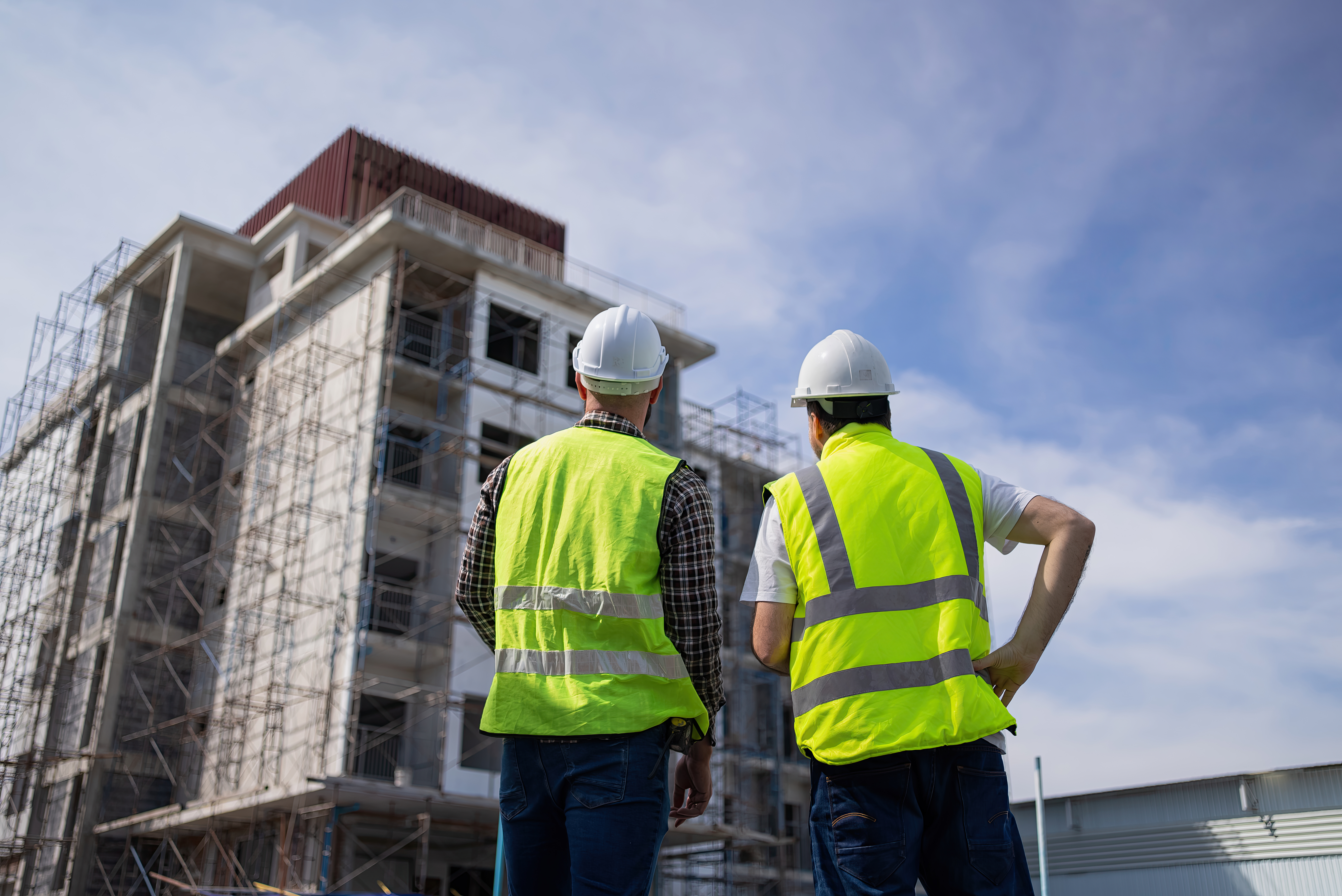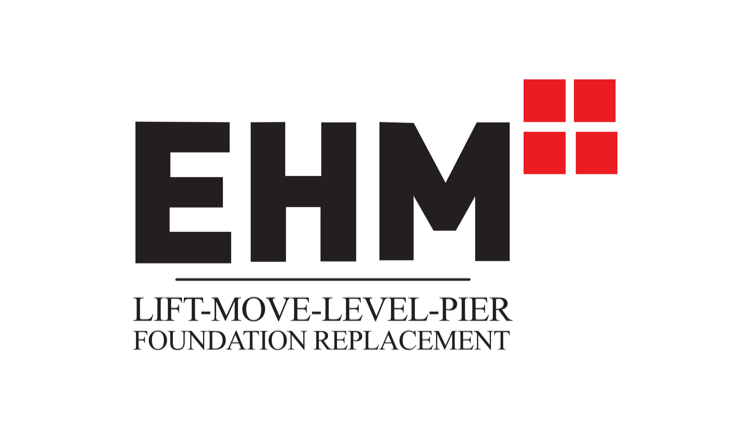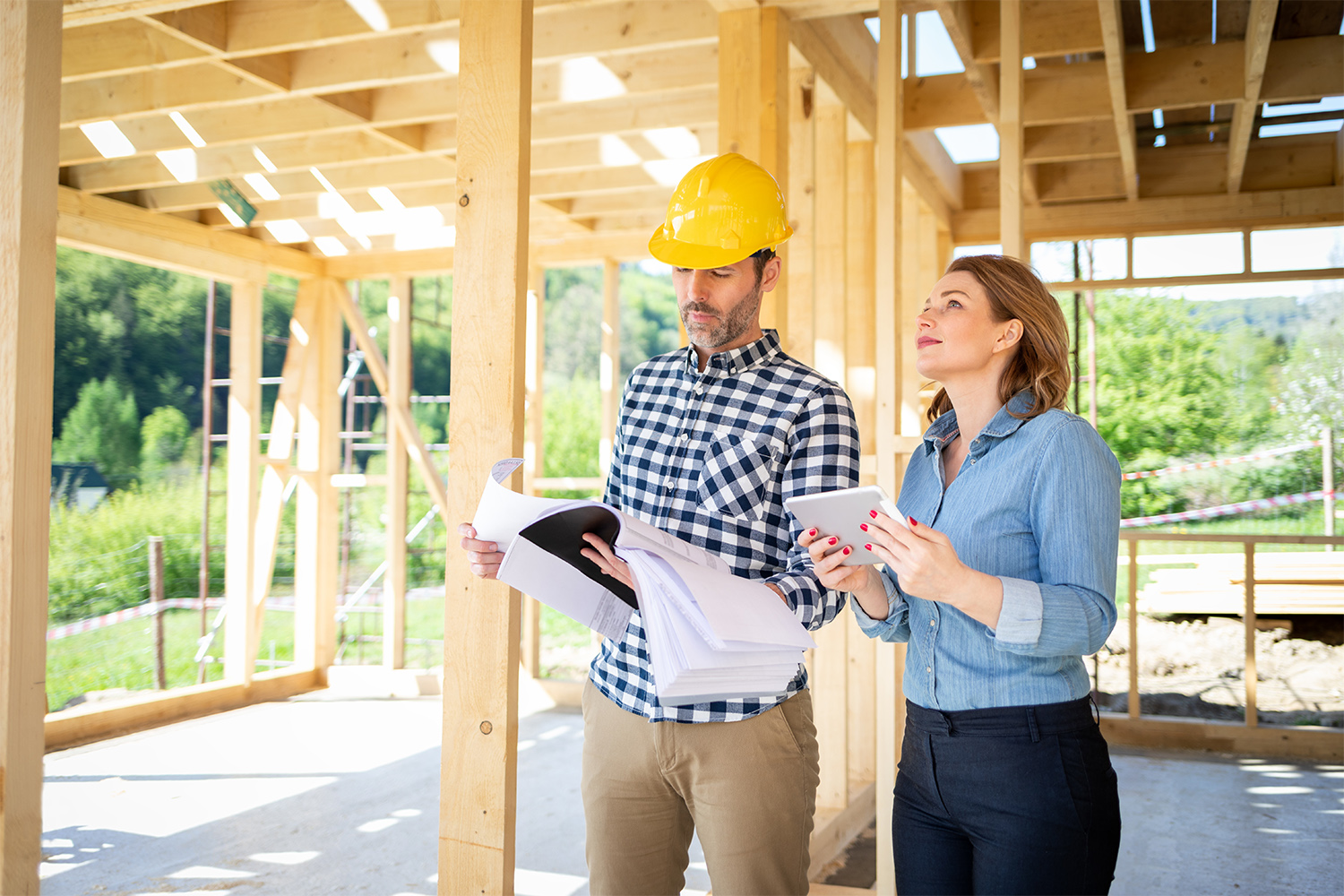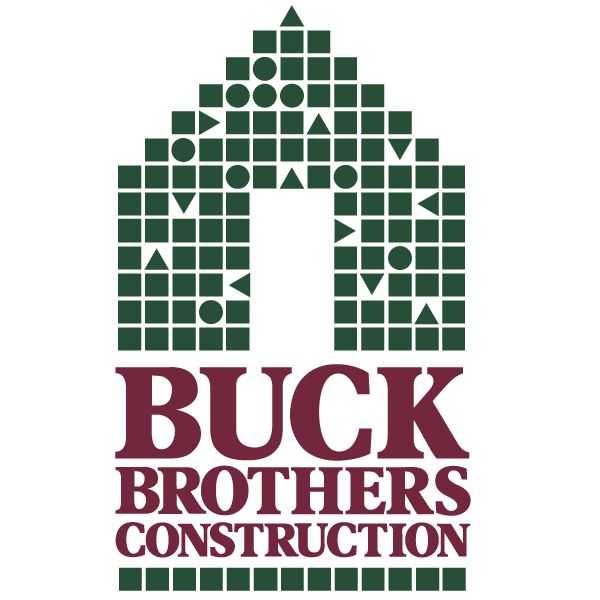
Get matched with top structural engineers in New Richland, MN
Enter your zip and get matched with up to 5 pros
Need a pro for your structural engineering project in New Richland, MN?
Verified Reviews for Structural Engineering pros in New Richland, MN
*The Angi rating for Structural Engineering companies in New Richland, MN is a rating based on verified reviews from our community of homeowners who have used these pros to meet their Structural Engineering needs.
*The HomeAdvisor rating for Structural Engineering companies in New Richland, MN is a rating based on verified reviews from our community of homeowners who have used these pros to meet their Structural Engineering needs.
Last update on December 25, 2025
Find Structural engineers in New Richland

EHM
EHM
EHM is a structural moving and elevating company that also specializes in foundation repair and replacement. We have been working in the Midwest since the Great Floods of 1993. We specialize in severely comprised foundation issues. We can elevate, level, pier or replace a wall or your entire foundation. We do not do mudjacking, waterproofing or minor crack repair.
"I did not get the service that we originally talked about I am very unhappy"
Donna S on August 2021
EHM is a structural moving and elevating company that also specializes in foundation repair and replacement. We have been working in the Midwest since the Great Floods of 1993. We specialize in severely comprised foundation issues. We can elevate, level, pier or replace a wall or your entire foundation. We do not do mudjacking, waterproofing or minor crack repair.
"I did not get the service that we originally talked about I am very unhappy"
Donna S on August 2021
QUALITY FABRICATING
QUALITY FABRICATING
Custom Metal Fabricating and repair. No job is too big or too small. Quality you can count on!
Custom Metal Fabricating and repair. No job is too big or too small. Quality you can count on!
Rise Construction
Rise Construction
Residential and Commercial - Designing, Building, Renovations and Property Maintenance
Residential and Commercial - Designing, Building, Renovations and Property Maintenance
LINDAU ENGINEERING INC
LINDAU ENGINEERING INC
Structural Engineers
Structural Engineers
The New Richland, MN homeowners’ guide to structural engineering services
From average costs to expert advice, get all the answers you need to get your job done.

The cost of a structural engineer is easily justifiable given the value they bring to the table. Use this guide to see what hiring your professional will total in Washington, D.C.

The cost of a structural engineer is easily justifiable given the value they bring to the table. Use this guide to see what hiring your professional will total in Atlanta, GA.

The cost of a structural engineer is easily justifiable given the value they bring to the table. Use this guide to see what hiring your professional will total in Houston, TX.

Do you have a load-bearing wall standing between you and your projects that you want to remove? Learn about the cost of removing a load-bearing wall.

It can be hard to choose the right pro for any job, but it matters. Learn how to hire a structural engineer who'll get the job done right from start to finish.

Wondering what a lally column is? Learn what it is, how it works, when you need one, and the pros and cons in this simple guide.
- Hartland, MN Structural engineers
- Ellendale, MN Structural engineers
- Clarks Grove, MN Structural engineers
- Waseca, MN Structural engineers
- Wells, MN Structural engineers
- Alden, MN Structural engineers
- Hollandale, MN Structural engineers
- Minnesota Lake, MN Structural engineers
- Albert Lea, MN Structural engineers
- Janesville, MN Structural engineers
- Owatonna, MN Structural engineers
- Blooming Prairie, MN Structural engineers
- Saint Clair, MN Structural engineers
- Medford, MN Structural engineers
- Waterville, MN Structural engineers
- Morristown, MN Structural engineers
- Mapleton, MN Structural engineers
- Twin Lakes, MN Structural engineers
- Easton, MN Structural engineers
- Glenville, MN Structural engineers
- Elysian, MN Structural engineers
- Madison Lake, MN Structural engineers
- Eagle Lake, MN Structural engineers
- Emmons, MN Structural engineers
- Faribault, MN Structural engineers
- Good Thunder, MN Structural engineers
- Hayfield, MN Structural engineers
- 🌱 "Mow a small front yard"
- 🛠 "Fix a leaking pipe under the sink"
- 🏠 "Repair shingles on an asphalt roof"





